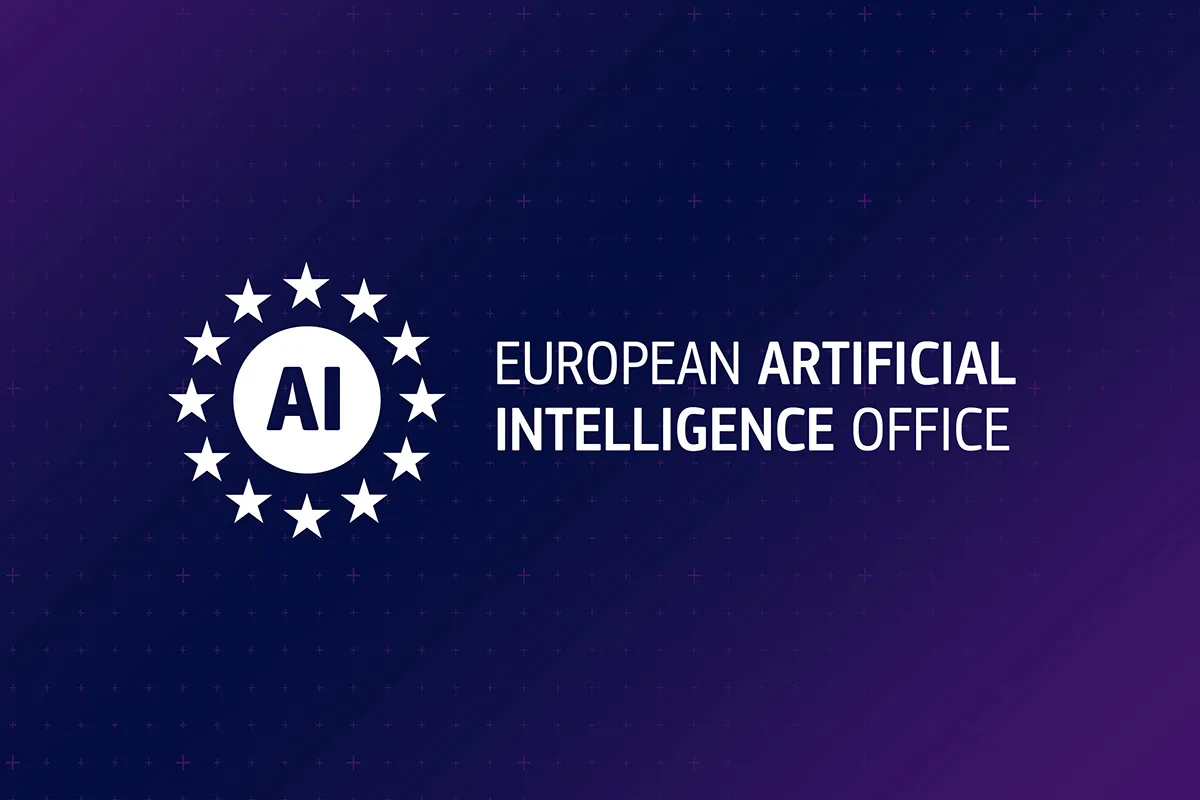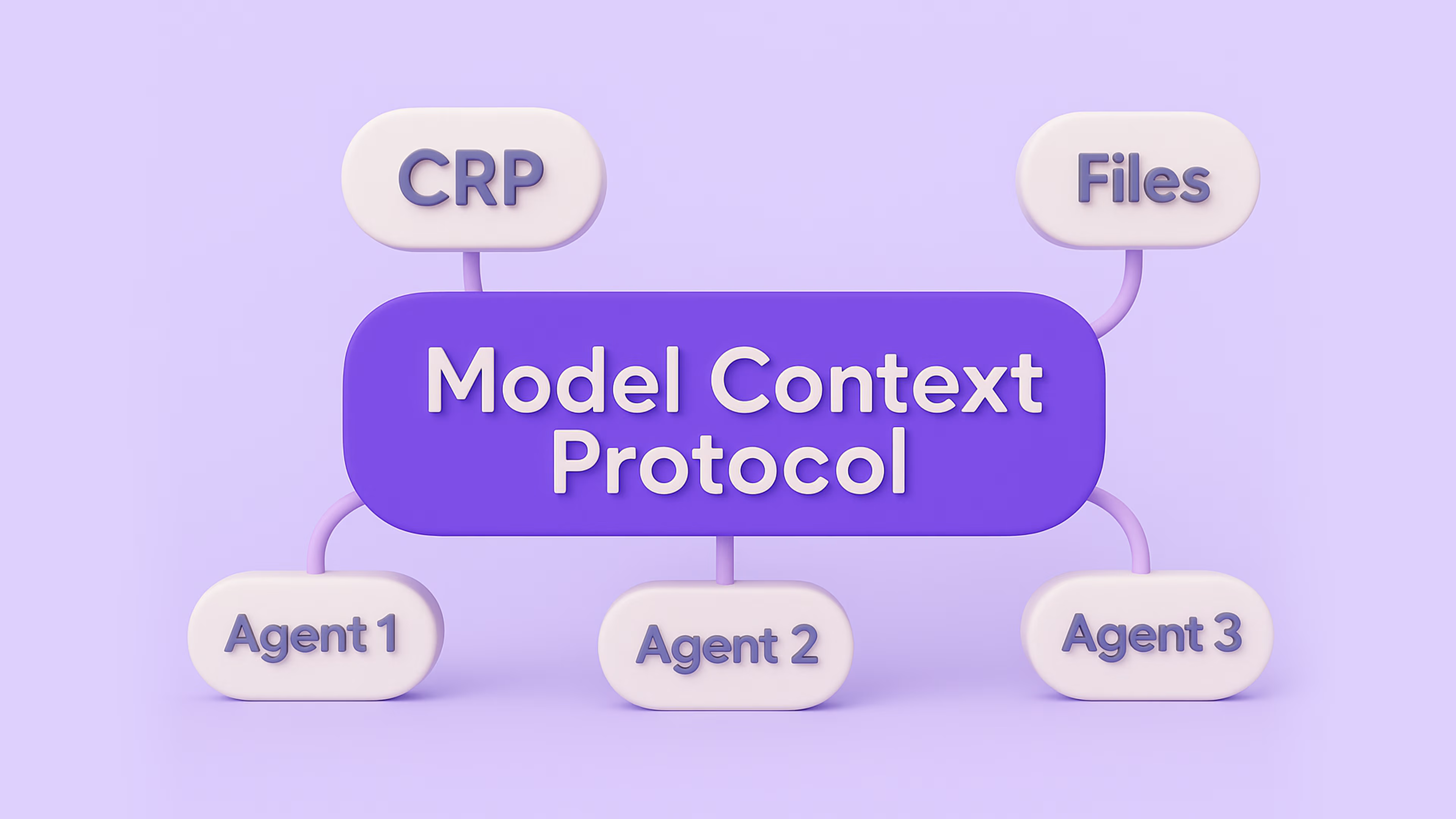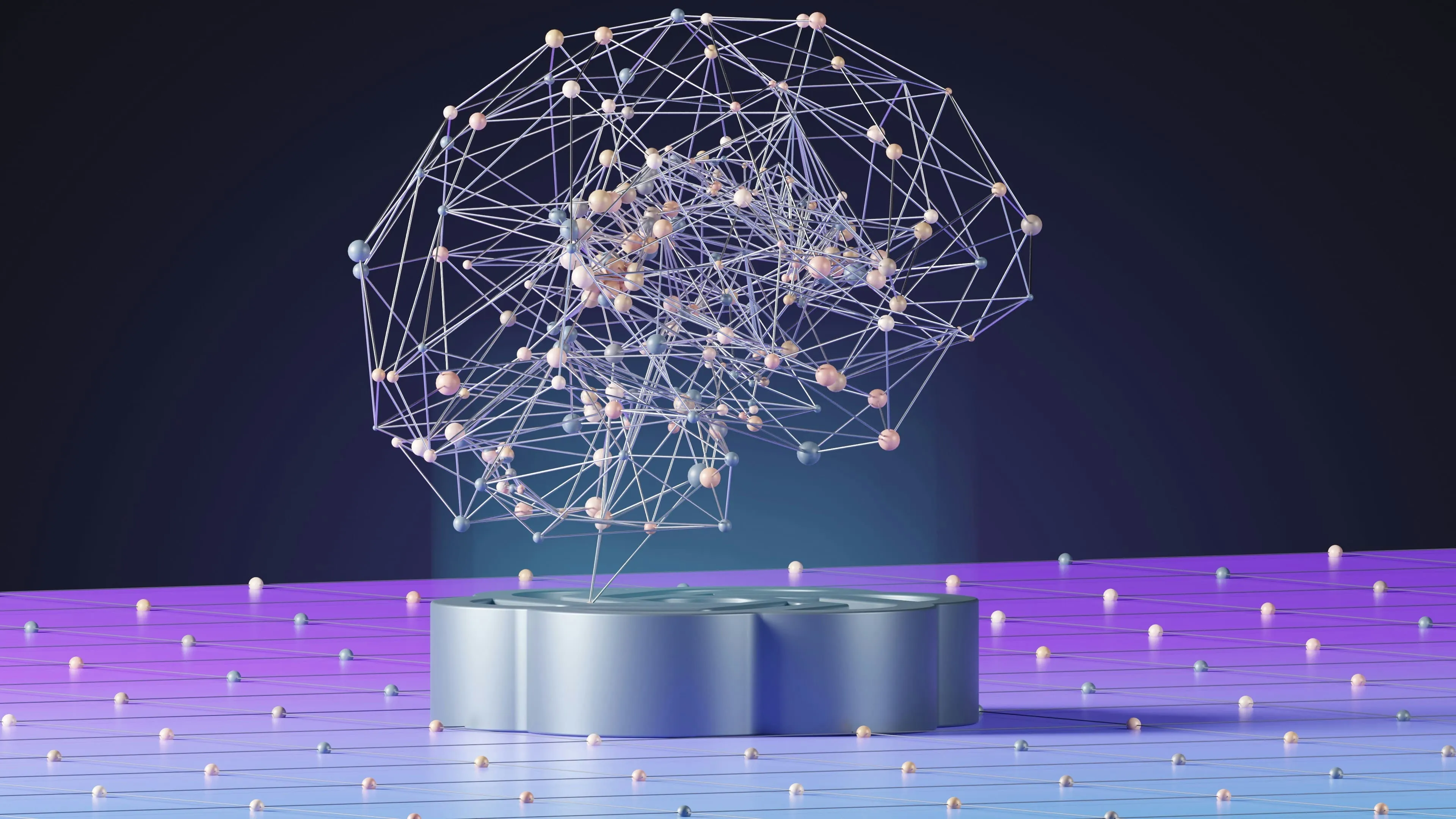Why Companies Choose Databricks Mosaic
For organizations that already use Databricks as their data platform, it is natural to also consider Mosaic. Staying within a single ecosystem brings architectural simplicity, easier management, and faster time-to-market.
Databricks Mosaic offers several clear advantages:
- Simplicity: building internal chatbots and basic agents is quick and straightforward.
- Governance by design: logging, lineage, and cost monitoring are built in.
- Data integration: MCP servers and SQL functions allow agents to work directly with enterprise data.
- Developer support: features like Genie (a Fabric Copilot competitor) and assisted debugging accelerate development.
For straightforward scenarios, such as internal assistants working over corporate data, Databricks Mosaic is fast and effective. We’ve successfully deployed Mosaic for a large manufacturing company and a major retailer, where the need was simply to query and retrieve data.
Where Databricks Mosaic Falls Short
More complex projects introduce very different requirements – around latency, accuracy, multi-agent logic, and integration with existing enterprise systems. Here, Databricks Mosaic quickly runs into limits:
- Structured output: Databricks Mosaic cannot effectively enforce structured output, which impacts the quality and operational stability of various solutions (e.g., voicebots or OCR).
- Multi-step workflows: processes such as insurance claims, underwriting, or policy issuance are either unfeasible or overly complicated within Databricks Mosaic.
- Latency-sensitive scenarios: Databricks Mosaic adds an extra endpoint layer between user and model, which makes low-latency use cases difficult.
- Integration outside Databricks: unless you only use Vector Search and Unity Catalog, connecting to other systems is more complex than in a Python-based custom framework.
- Limited model catalog: only a handful of models are available. You cannot bring your own models or integrate models hosted in other clouds.
Even Databricks itself admits Mosaic isn’t intended to replace specialized frameworks. That’s true to a degree, but the overlap is real – and in advanced use cases, Mosaic’s lack of flexibility becomes a bottleneck.
Where a Custom Framework Makes Sense
A custom framework shines where projects demand complex logic, multi-agent orchestration, streaming, or low-latency execution:
- Multiple agents: agents with different roles and skills collaborating on a single task.
- Streaming and real-time: essential for call centers, voicebots, and fraud detection.
- Custom logic: precisely defined workflows and multi-step processes.
- Regulatory compliance: full transparency and auditability in line with the AI Act.
- Flexibility: ability to use any libraries, models, and architectures without vendor lock-in.
This doesn’t mean Databricks Mosaic can’t ever be used for business-critical workloads – in some cases it can. But in applications where latency, structured output, or high precision are non-negotiable, Mosaic is not yet mature enough.
How BigHub Approaches It
From our experience, there’s no one-size-fits-all answer. Databricks Mosaic works well in some contexts, while in others a custom framework is the only viable option.
- Manufacturing & Retail: We used Databricks Mosaic to build internal assistants that answer queries over corporate data (SQL queries). Deployment was fast, governance was embedded, and the solution fit the use case perfectly.
- Insurance (Claims Processing): Here, Databricks Mosaic simply wasn’t sufficient. It lacked structured output, multi-agent orchestration, and voice processing. We delivered a custom framework that achieved the required accuracy, supported multi-step workflows, and met audit requirements under the AI Act.
- Banking (Underwriting, Policy Issuance): Banking workflows often involve multiple steps and integration with core systems. Implementing these in Databricks Mosaic is overly complex. We used a custom middleware layer that orchestrates multiple agents and supports models from different clouds.
- Call Centers & OCR: Latency-critical applications and use cases requiring structured outputs (e.g. form data extraction, voicebots) are not supported by Databricks Mosaic. These are always delivered using custom solutions.
Our role is not to push a single technology but to guide clients toward the best choice. Sometimes Databricks Mosaic is the right fit, sometimes a custom framework is the only way forward. We ensure both a quick start and long-term sustainability.
Our Recommendation
- Databricks Mosaic: best suited for organizations already invested in Databricks that want to deploy internal assistants or basic agents with strong governance and monitoring.
- Custom framework: the right choice when projects require complex multi-step workflows, multi-agent orchestration, structured outputs, or low latency.
At BigHub, we’ve worked extensively with both approaches. What we deliver is not just technology, but the expertise to recommend and build the right combination for each client’s unique situation.
Conclusion
Generative AI cannot be addressed with a single universal solution. Databricks Mosaic can be an excellent starting point, but for more complex scenarios, organizations need to go further. The real decision isn’t about picking one tool – it’s about having a partner who understands both approaches and can design an architecture that maximizes business value.






.avif)